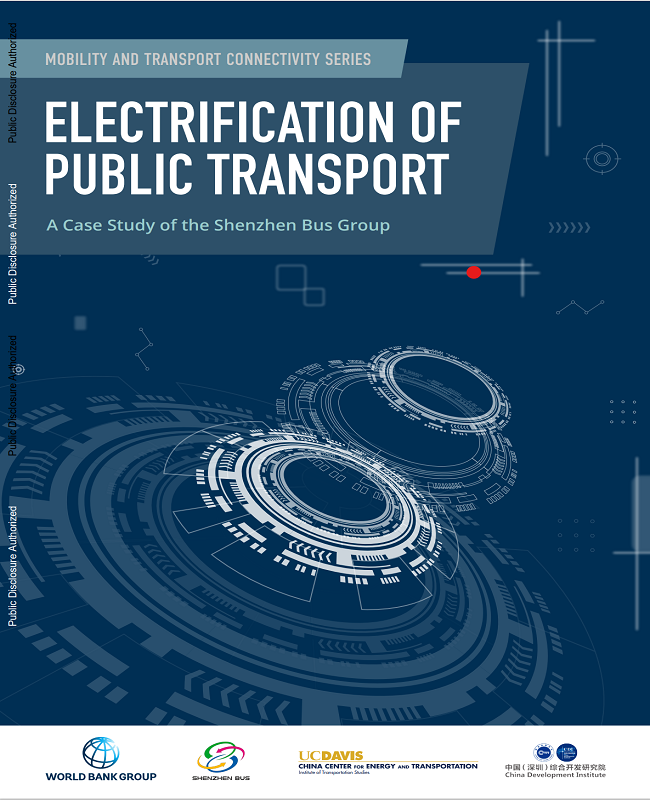The City of Shenzhen has China’s, and the world’s, first and largest fully electric bus and taxi fleets. Electrification of public transport provides an opportunity to achieve multiple objectives of low-carbon urban development, reduction of local air pollution, creation of jobs, and higher acceptance of public transport by residents. However, owing to higher capital costs versus diesel or gas alternatives, the rapid evolution of product technologies, limited operational experience, and lack of trained personnel, the adoption of electric buses has been slow worldwide. To be successful, electric urban buses must be approached as a coherent system that embraces the vehicle, the infrastructure, the operation, the users, and the financial sustainability. The Shenzhen case study provides references and recommendations to cities for the deployment of electric buses based on the comprehensive analysis of the journey of the The Shenzhen Bus Group Company Ltd. (SZBG). This case study on the electrification of buses and taxis is part of a larger effort by the World Bank Transport Global Practice to share China’s experience in rolling out electric mobility to the international community so that other governments can make more informed decisions, avoid potential risks, save resources, and connect to experts in the field and build capacity.
Preview the report here:
 Loading...
Loading...
More About this Resource
Publisher: The World Bank
Date: June 30, 2021
Type: Research Reports
Countries: China
States: None
